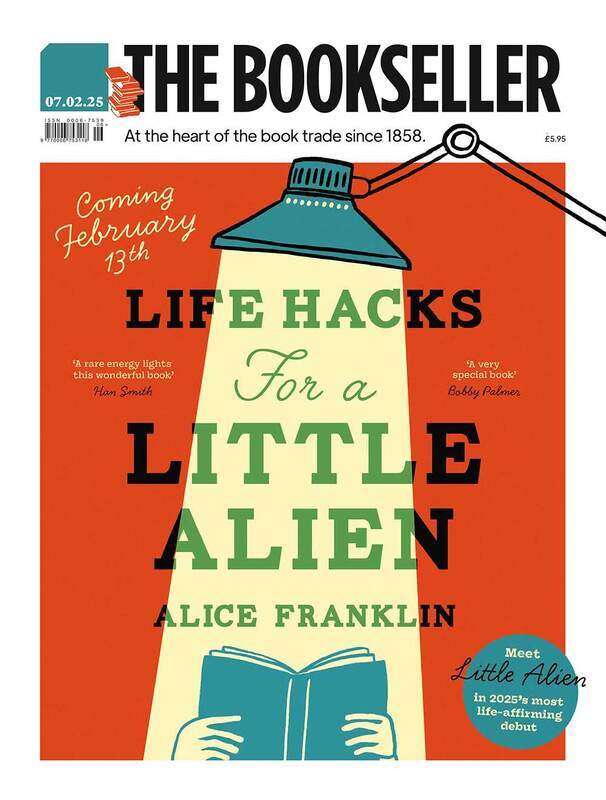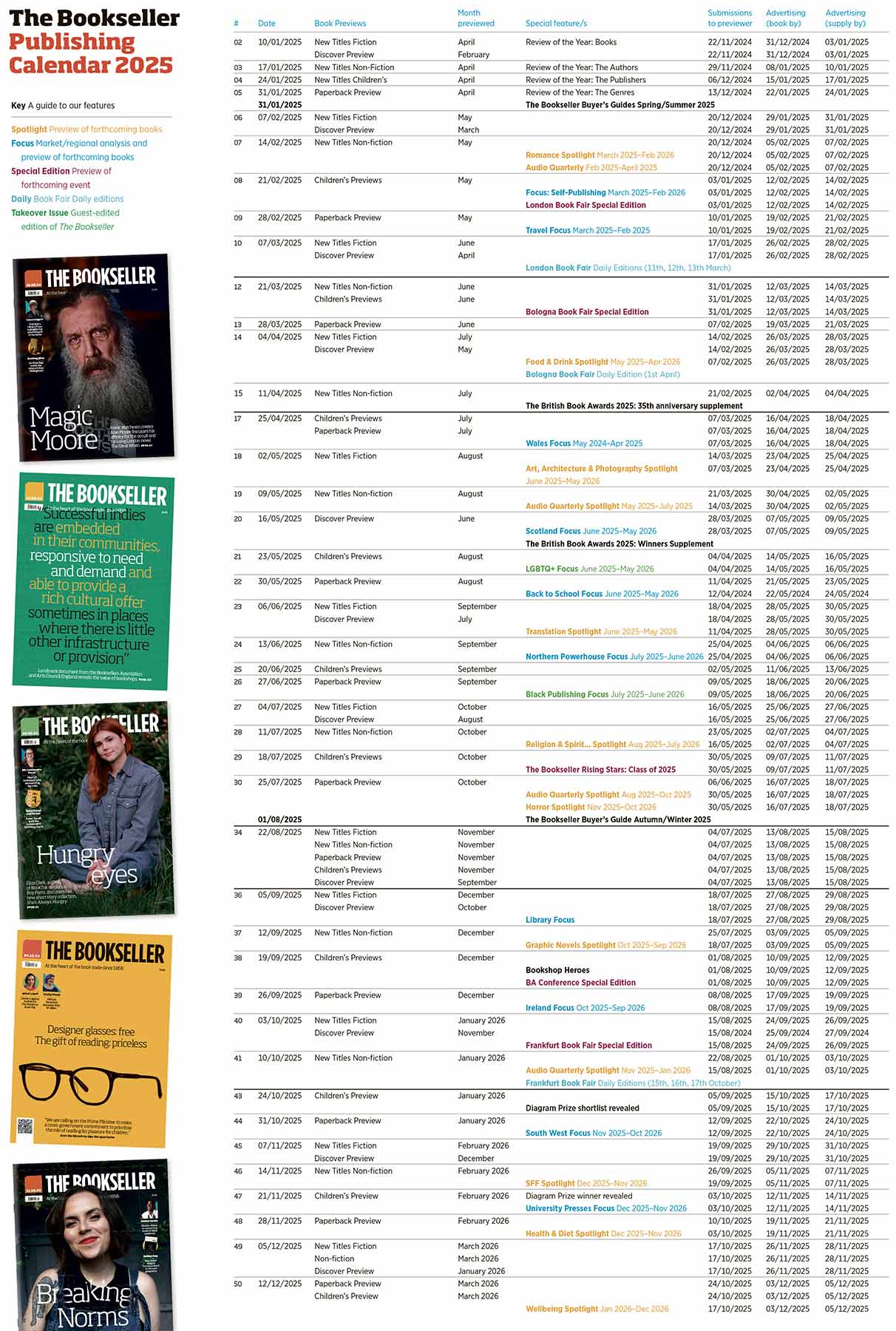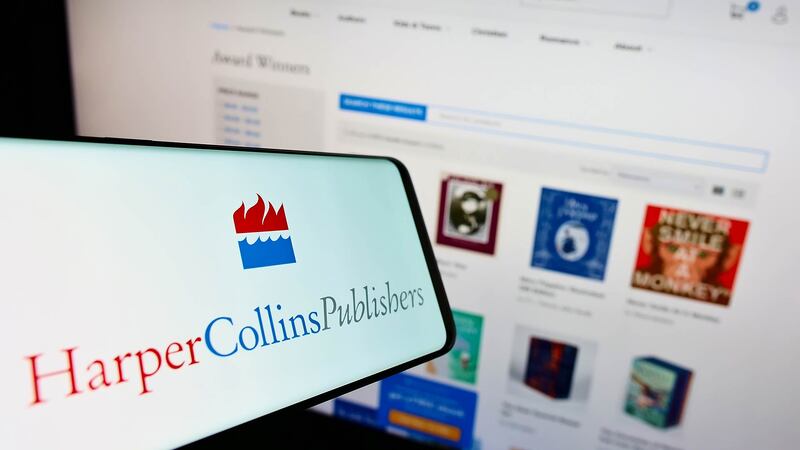You are viewing your 1 free article this month. Login to read more articles.
The big get bigger: sales growth across formats for UK’s top six
The top six UK trade publishers recorded a cumulative 15.5% rise in e-book sales in pandemic-hit 2020, shattering their digital sales high point and recording their first group double-digit percentage bump in seven years.
Hachette, Penguin Random House, HarperCollins, Pan Macmillan, Bloomsbury and Simon & Schuster collectively sold 54.5 million consumer e-books through UK retailers in 2020, up from the 47.2 million the sextet shifted in 2019. Even stripping out Bloomsbury—which joined the panel in 2019—the remaining five publishers’ 53.5 million units would be 8% up on 2018’s 49.6 million copies, which was the record year since The Bookseller began collecting the data from publishers in 2012.
While acquisitions have affected these numbers over the years, 2020 upended the trend of recent years of flattening e-book returns. That the upsurge was due to shifting patterns of readers’ behaviour during the lockdowns is evidenced by all the publishers having percentage jumps, the first time this has happened since the panel began. And, of the five publishers which have been on the panel since launch, only Hachette had a record year, but just barely, with 2020 just 0.4% up on its previous record in 2018.
It is perhaps no surprise Hachette leads the e-book league table. Its sales shot up considerably with a change in pricing policy and the acquisition of Bookouture in 2017. And it has some massive hits, led by Delia Owens’ Where the Crawdads Sing. The novel spent 33 weeks in The Bookseller’s Weekly E-Book Ranking, chalking up eight number ones. Dean Koontz’s The Eyes of Darkness, Andrzej Sapkowski’s The Last Wish and Robert Galbraith’s Troubled Blood also scored multiple number ones for Hachette last year.
How the conglomerates’ print sales fared is open to conjecture as, owing to restrictions imposed by Amazon, there are data black holes and we cannot do our usual publisher performance rankings. We have tried to throw a light on some of those by collecting data direct from the bigger trade publishers. This comes with many T&Cs, including corporate and commercial policies of what data each publisher could share, and which data sets were available to all the publishers.
But combining what those publishers were able to tell us with available BookScan data, the suggestion is that the Big Four did very well indeed. First off, BookScan’s recently released estimate of full-year sales noted a 5.5% value uplift, to £1.76bn. Looking at the BookScan-ranked (no value or volume) TCM Top 5,000, there is a marked shift to the Big Four at the top. In 2020, 738 of the Top 1,000 titles were released by PRH, Hachette, HC or Pan Mac, almost 9% up from 2019.
It makes sense that the larger publishers, who have a bigger footprint in Amazon and supermarkets, would drive 2020’s 5.5% growth. What that means in actual value sales is difficult to estimate. But tabulating what a similar shift in the TCM Top 1,000 might have meant in previous years, it might be safe to assume, conservatively, that the Big Four had an uplift of 10% in value sales.
That would mean collective UK print sales revenue of around £850m—around 48% of BookScan’s market. Again, a conservative estimate. How that is parcelled out per publisher, we can’t know until a lot of dust settles (maybe Jeff Bezos will free the data in one of his last acts at Amazon...). We go into this in more detail here, but the sense is that Hachette had the biggest jump, followed by PRH and HC. Pan Mac’s own volume data shows it would be down year on year, but 2019 was its record year and, reading the runes, Pan Mac probably had its second best value sales year of all time in 2020.














